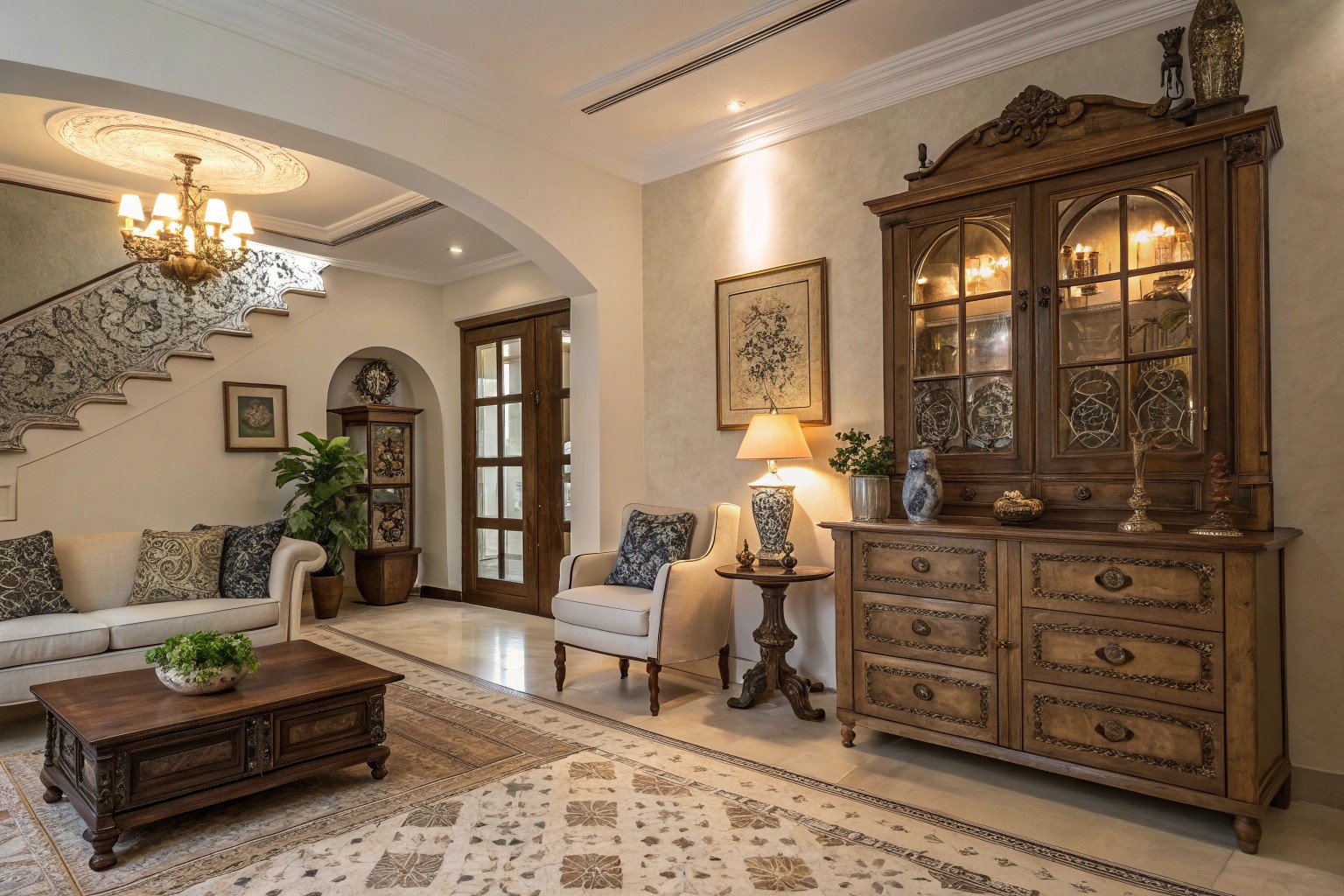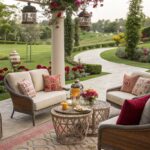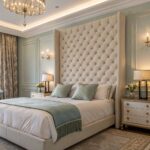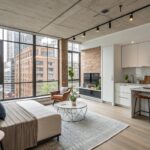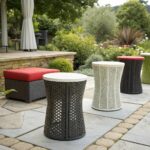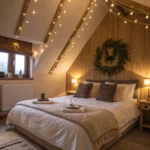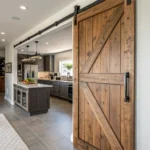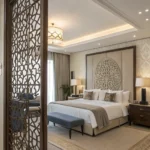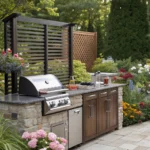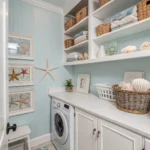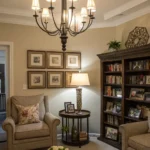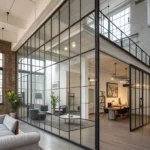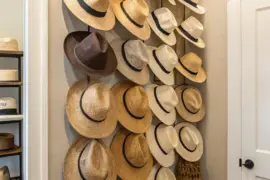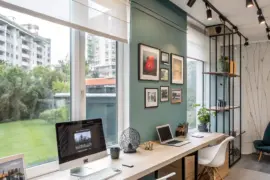Blending antique treasures with contemporary furnishings creates spaces that transcend time, offering both historical depth and current relevance. The key lies in understanding fundamental design principles that allow these contrasting elements to complement rather than compete with each other.
Understanding the Design Foundation
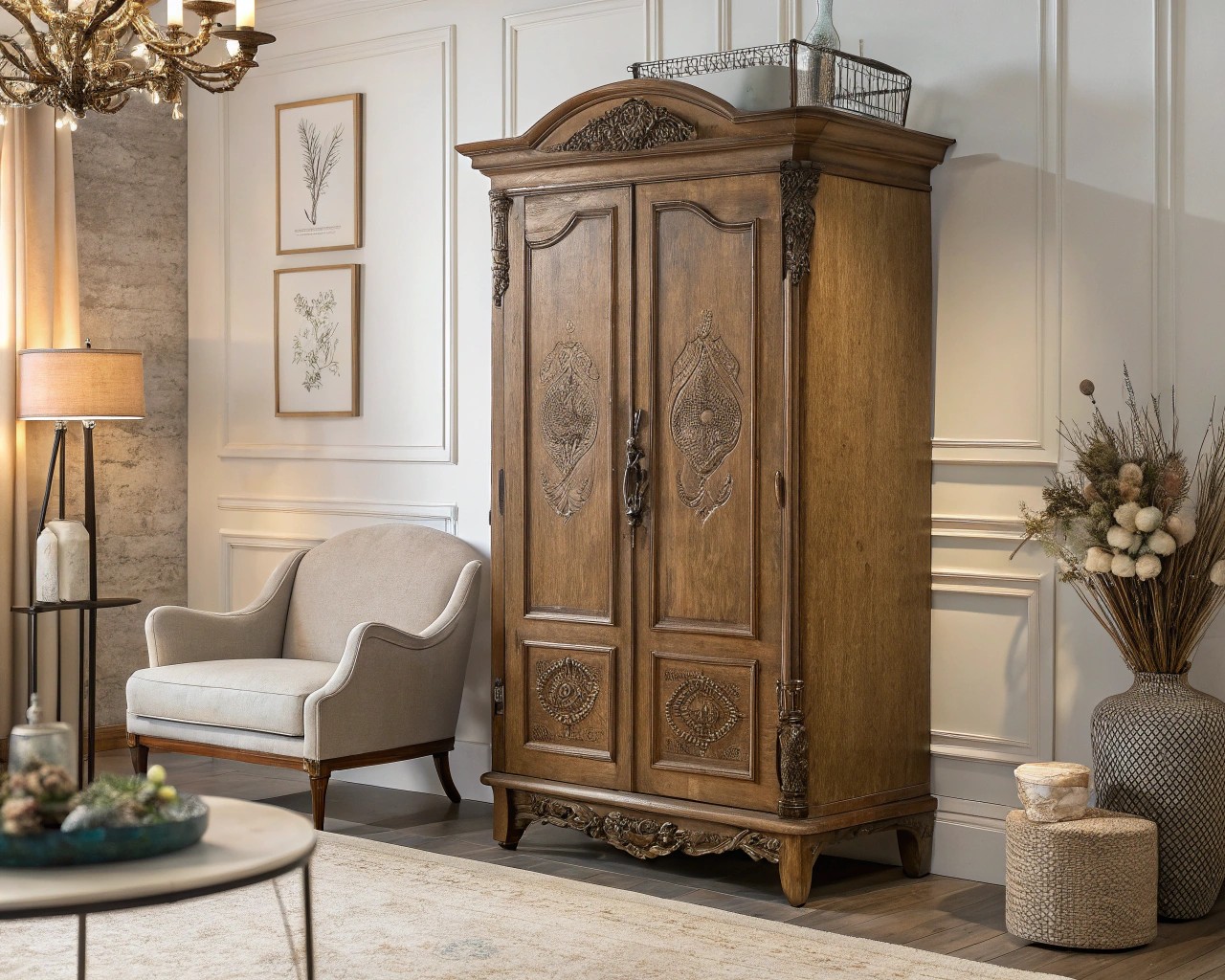
The most successful interiors that combine antique and modern elements follow specific principles that prevent visual chaos while celebrating the unique character of each piece. Before diving into specific techniques, it’s essential to understand what we’re working with and establish clear definitions.
Defining Your Pieces
Antique furniture refers to pieces that are more than 100 years old, while vintage items fall between 20 and 100 years of age. Modern pieces encompass both mid-century modern designs from the 20th century and contemporary furnishings less than 20 years old. This distinction matters because each category brings different visual weight, craftsmanship qualities, and historical context to your space.
When I evaluate pieces for clients, I consider not just age but also craftsmanship quality. Antiques often display intricate wood carving, marquetry, or decorative flourishes that are harder to find in contemporary furniture. This superior craftsmanship becomes a design asset when properly integrated with modern elements.
The Psychology of Mixing Styles
Successful eclectic design creates contrast while maintaining harmony. The visual tension between an ornate Victorian mirror and a sleek modern console table generates interest precisely because these elements shouldn’t work together—yet they do when properly balanced. This juxtaposition keeps spaces feeling fresh and surprising rather than predictable.
The 80/20 Foundation Rule
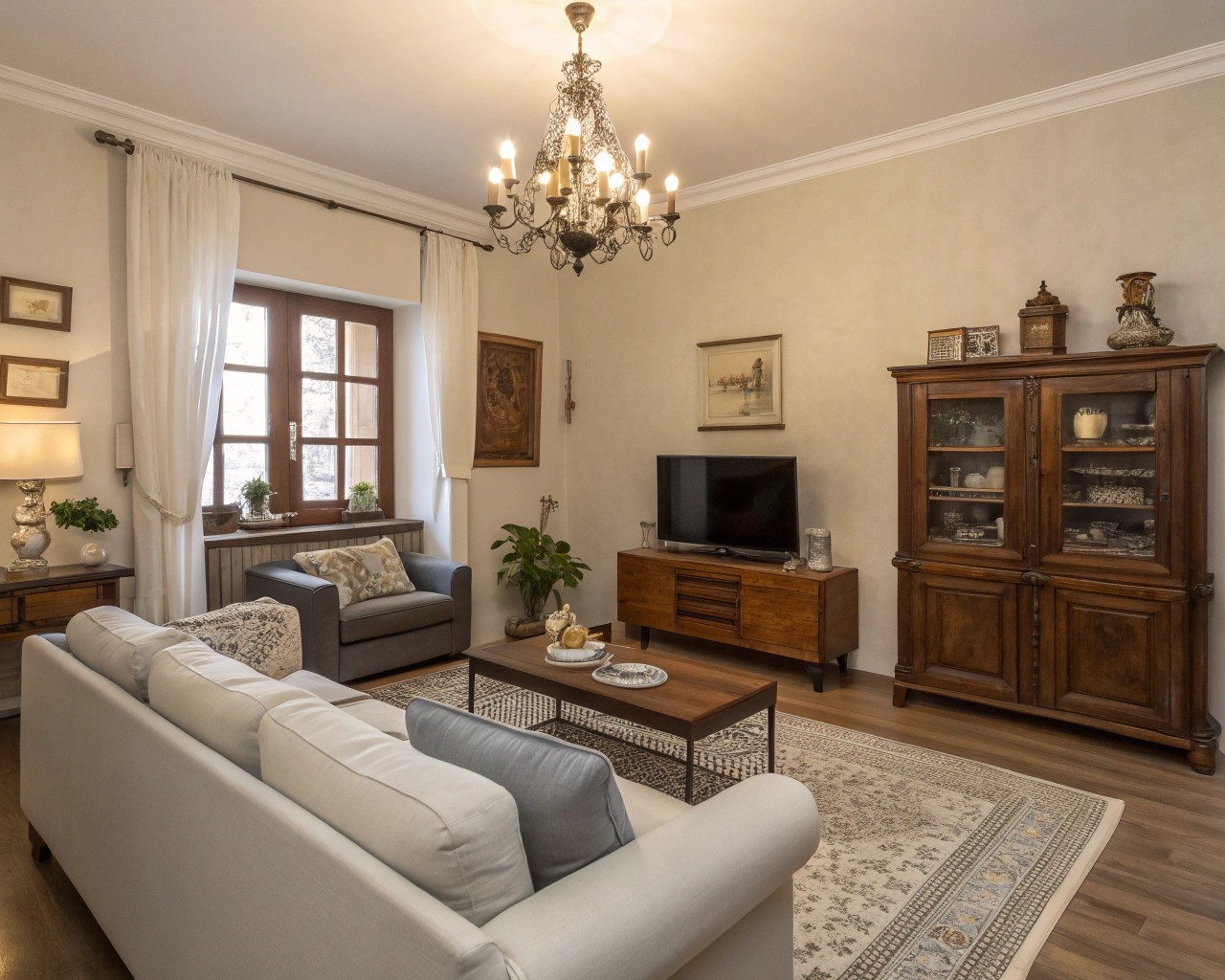
The most reliable framework for mixing antique and modern pieces is the 80/20 rule, which provides structure while allowing creative freedom. This principle suggests dedicating 80% of your space to one dominant style and using the remaining 20% for contrasting elements.
Implementing the 80/20 Balance
For Modern-Dominant Spaces:
- 80% contemporary furniture, lighting, and accessories
- 20% carefully selected antique or vintage pieces
- Focus on one statement antique per room as your anchor piece
For Antique-Dominant Spaces:
- 80% traditional or vintage furnishings
- 20% modern elements to prevent the space from feeling museum-like
- Introduce contemporary lighting or artwork to maintain current relevance
Practical Applications
In a living room, this might translate to a modern sectional sofa, contemporary coffee table, and sleek media console (80%) paired with a vintage Persian rug and antique side table (20%). The modern elements provide the foundation, while the antique pieces add character and warmth.
A different approach might feature an antique dining table as the room’s centerpiece (part of your 20%) surrounded by modern chairs, contemporary lighting, and minimalist artwork (your 80%). This creates a sophisticated contrast that highlights both the table’s craftsmanship and the chairs’ clean lines.
Color and Cohesion Strategies
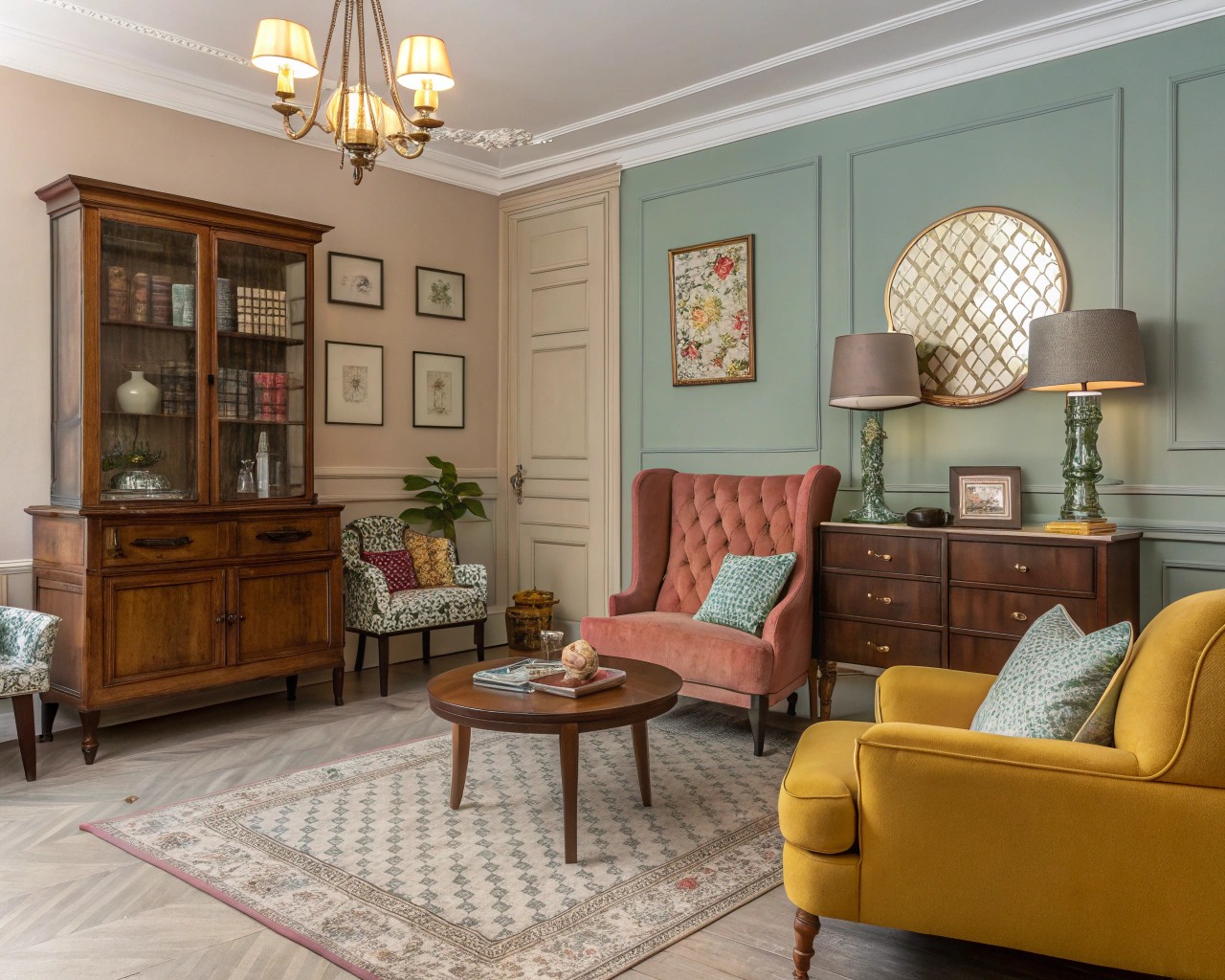
Color serves as the primary unifying force when combining disparate design elements. Without a coherent color strategy, even the most beautiful individual pieces can create visual chaos.
The Neutral Foundation Approach
Start with a neutral backdrop that allows both antique and modern pieces to shine without competing for attention. Neutral walls—in shades of white, beige, gray, or soft pastels—provide the perfect canvas for showcasing contrasting furniture styles.
This neutral foundation approach offers several advantages:
- Visual breathing room for ornate antique details
- Flexibility to change accent pieces seasonally
- Timeless appeal that won’t date quickly
- Enhanced focus on furniture craftsmanship and form
Creating Color Connections
Once you’ve established your neutral base, create connections between antique and modern pieces through strategic color repetition. If your antique armoire features beautiful blue paint, echo that hue in modern throw pillows, contemporary artwork, or a sleek table lamp.
Color Bridge Techniques:
- Analogous colors: Use colors adjacent on the color wheel for harmony
- Complementary contrasts: Pair opposite colors for dynamic energy
- Monochromatic layers: Vary shades of the same color family
- Metallic accents: Use consistent metal finishes to tie pieces together
I’ve found that metallic elements work particularly well as unifying threads. Brass hardware on an antique chest can connect beautifully with brass pendant lights or modern brass picture frames throughout the space.
Scale and Proportion Mastery
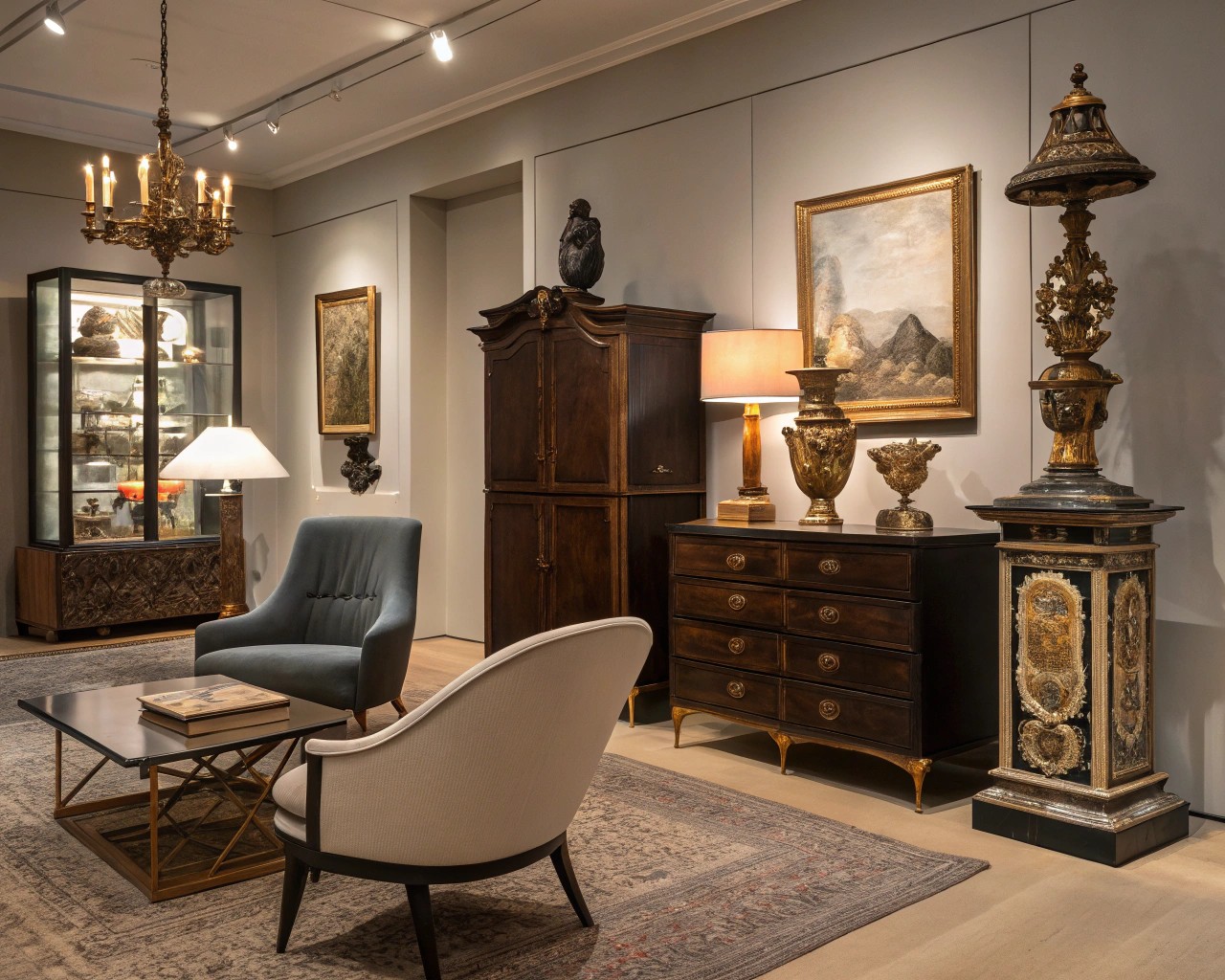
Understanding scale and proportion prevents the most common mistakes in mixing antique and modern pieces. Many antique pieces carry visual weight that requires careful balancing with contemporary elements.
Working with Visual Weight
Heavy antique pieces often feature dark wood, ornate carving, or substantial mass. These pieces don’t “float” comfortably in space and perform best positioned against walls or anchored by substantial modern companions.
Light, leggy pieces should be balanced with items that have more visual mass to prevent the room from feeling “nervy and uncomfortable”. A delicate antique side table pairs beautifully with a substantial modern sofa, while an ornate antique mirror gains prominence above a sleek, low-profile credenza.
Room-by-Room Scale Considerations
| Room Type | Large Antique Strategy | Small Antique Strategy |
|---|---|---|
| Living Room | Antique armoire + modern seating | Vintage side tables + contemporary sectional |
| Dining Room | Traditional table + modern chairs | Modern table + antique serving pieces |
| Bedroom | Antique dresser + contemporary bed | Modern furniture + vintage accessories |
| Entry | Statement antique bench + modern mirror | Contemporary console + vintage lamp |
Proportion Guidelines
When selecting pieces, consider the room’s architectural scale. High ceilings can accommodate tall, imposing antiques, while lower ceilings work better with more horizontal pieces. An oversized English oak writing desk can actually make a small contemporary space feel larger by providing a sense of grandeur.
Advanced Integration Techniques
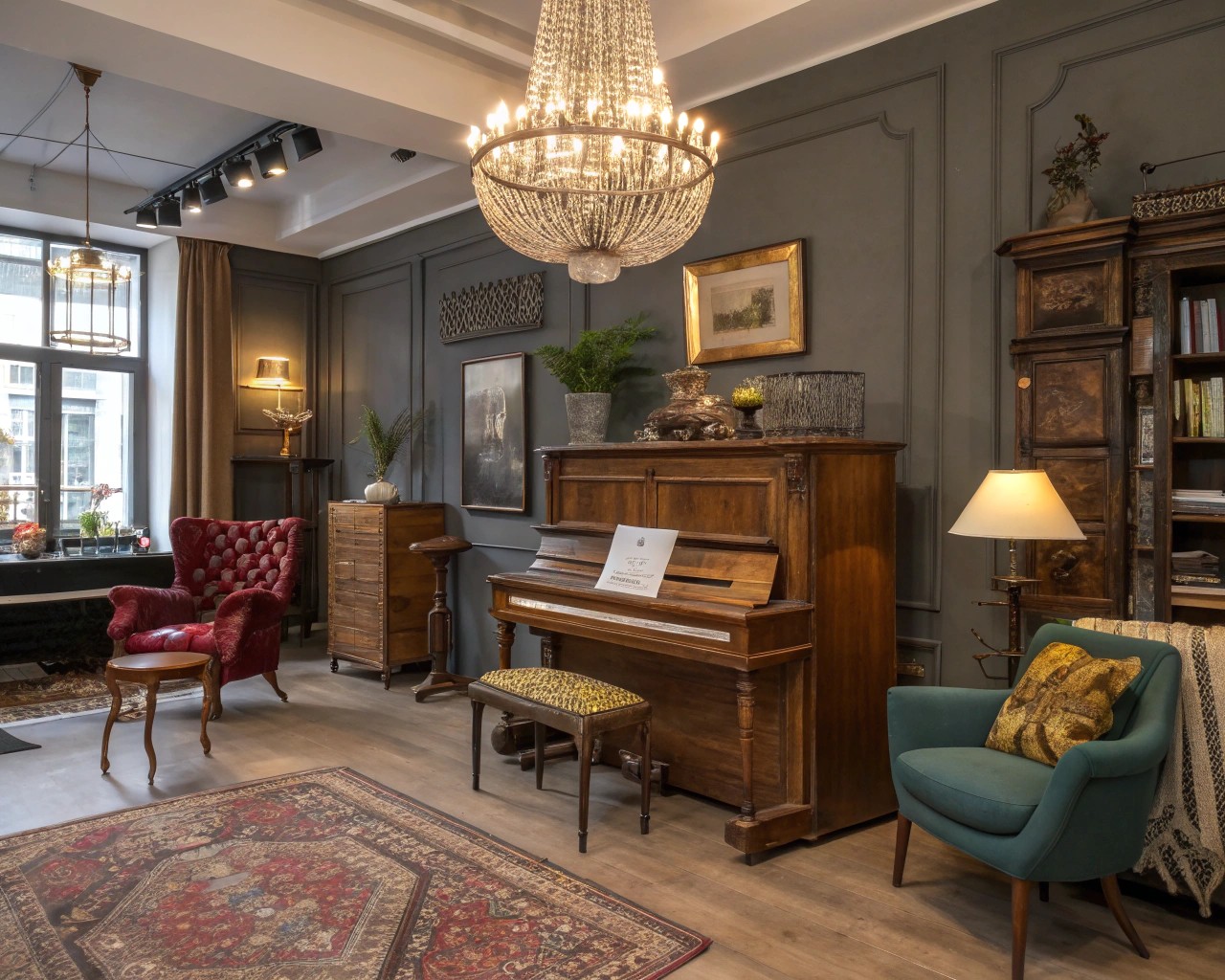
Once you’ve mastered the fundamentals, several advanced techniques can elevate your antique-modern integration from good to exceptional.
The Statement Piece Strategy
Choose one stunning antique to serve as your room’s focal point, then build modern elements around it. This approach works particularly well for newcomers to eclectic design because it provides a clear hierarchy and prevents the space from feeling chaotic.
Effective Statement Pieces:
- Antique chandeliers in modern dining rooms
- Vintage armoires in contemporary bedrooms
- Ornate mirrors above sleek modern consoles
- Traditional rugs grounding modern furniture groupings
Textural Layering
Contrast is essential to successful eclectic design, and texture provides another layer beyond color and form. Smooth leather modern furniture gains interest when paired with rough-hewn antique wood pieces. Sleek metal and glass contemporary elements create beautiful tension against woven textiles and carved wooden antiques.
Textural Contrast Combinations:
- Marble and weathered wood
- Smooth leather and rough stone
- Polished metal and coarse linen
- Glass and aged patina
Gallery Wall Integration
Gallery walls offer exceptional opportunities to blend antique and modern elements. Mix vintage oil paintings with contemporary prints, but maintain consistent spacing between frames for cohesion. Frame a simple black and white modern photograph in an elaborate vintage frame, or display bold modern sculptures inside an antique hutch for unexpected contrast.
Room-by-Room Applications
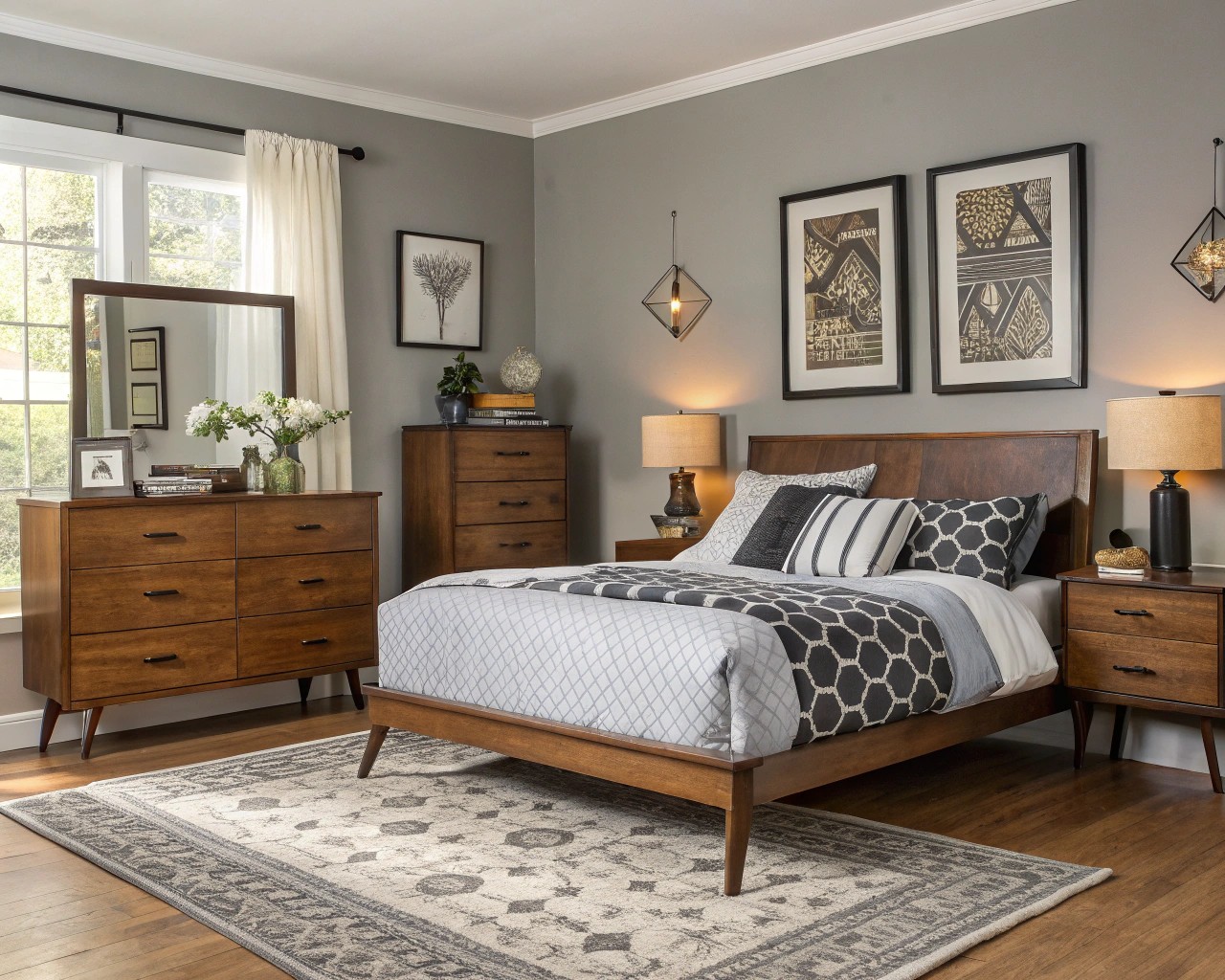
Different rooms present unique opportunities and challenges for mixing antique and modern elements. Understanding these nuances helps you make informed decisions about where and how to integrate contrasting pieces.
Living Spaces
Living rooms offer the most flexibility for eclectic mixing because they typically contain the most furniture and accessories. Start with your largest pieces—usually seating—and build from there.
Successful Living Room Formulas:
- Modern sectional + vintage coffee table + antique side tables
- Traditional sofa + contemporary chairs + modern lighting
- Antique bookcase + modern media console + eclectic accessories
Consider the room’s traffic flow when placing substantial antique pieces. Heavy armoires or secretary desks work best along walls where they won’t impede movement but can serve as dramatic focal points.
Dining Areas
Dining rooms traditionally center around the table, making this piece your most important decision. Whether you choose antique or modern for your table will determine the room’s overall character.
Modern Table Approach:
- Sleek contemporary dining table
- Mix of antique and modern chairs
- Vintage chandelier or modern pendant lighting
- Antique serving pieces as accessories
Antique Table Approach:
- Traditional wooden dining table
- Modern chairs for contrast
- Contemporary lighting to prevent heaviness
- Modern artwork for visual balance
Bedrooms
Bedrooms benefit from a more restrained approach to eclectic mixing, as these spaces should feel calming rather than visually stimulating. Focus on one or two antique pieces rather than attempting complex layering.
The bed itself rarely works well as an antique piece in contemporary homes due to sizing standards, so consider antique dressers, nightstands, or seating as your primary vintage elements.
Kitchen Integration
Modern kitchens gain character and storage simultaneously with carefully chosen antique additions. An antique cabinet can provide both personality and function while maintaining the kitchen’s contemporary efficiency.
Consider the kitchen’s workflow when adding antique elements. Vintage bar stools work beautifully at modern islands, while antique display pieces can showcase collections without interfering with food preparation areas.
Common Pitfalls and Solutions
Even with solid principles, certain mistakes commonly derail antique-modern integration efforts. Understanding these pitfalls helps you avoid them entirely.
The Coordination Trap
Avoid treating your home like a furniture showroom where everything matches perfectly. “A home should be a collection of things you love and find meaningful, not a catalog of coordinated furniture”. The goal is creating a curated, collected-over-time feeling rather than a designed-all-at-once appearance.
Overwhelming with Antiques
More isn’t always better, especially with antique pieces. Too many ornate antiques create visual chaos and prevent any single piece from receiving proper attention. Remember that “eclectic doesn’t mean messy and filled to the brim with stuff”.
Ignoring Architectural Context
Consider your home’s architecture when selecting pieces. A sleek modern condo might struggle to accommodate heavy, dark antiques, while a traditional colonial can handle more ornate pieces. Work with your space’s inherent character rather than against it.
Neglecting Lighting
Proper lighting makes or breaks antique-modern integration. Antique pieces often benefit from accent lighting that highlights their craftsmanship, while modern pieces may require different illumination approaches. Layer ambient, task, and accent lighting to showcase both styles effectively.
Solutions Summary
| Problem | Solution |
|---|---|
| Visual chaos | Apply 80/20 rule consistently |
| Pieces don’t relate | Use color, material, or form connections |
| Room feels heavy | Add modern lighting and lighter textiles |
| Space lacks focus | Choose one statement piece per room |
| Clashing styles | Maintain neutral backdrop |
Building Your Eclectic Collection
Successful antique-modern integration takes time to develop. The most beautiful eclectic spaces evolve gradually, with each piece chosen thoughtfully for its relationship to existing elements.
Sourcing Strategy
Antique pieces often require patience to find the right scale, condition, and style for your space. Estate sales, antique shops, and auction sites offer opportunities to discover unique pieces with character and history.
Modern pieces can be selected more quickly but should still complement your existing antiques. Consider how new purchases will interact with pieces you already own rather than shopping for isolated items.
Investment Approach
Quality antiques often appreciate in value while mass-produced modern furniture typically depreciates. This economic reality supports choosing fewer, higher-quality pieces rather than filling spaces quickly with mediocre items.
When budget constraints exist, prioritize antique pieces for their irreplaceable character and supplement with carefully chosen modern elements that can be upgraded over time.

